Varicose veins are large and twisted, ordinarily blue or dark purple. They customarily surface in the legs because blood must move against gravity to return to the heart. If the tiny valves in our veins wither or break, blood can return and crowd there, making the veins more protruding and leading to varicose veins.
A number of facets end in the emergence of varicose veins, such as genes, getting older, being overweight, and having a baby. Those who remain standing or sitting for a long time also face raised threats of obtaining them. Entities with varicose veins experience multifaceted manifestations, but ordinarily, they have leg pain; their legs swell up, feel itchy, and feel heaviness or soreness in their legs.
Generally, to treat more problematic veins in the legs, you work on lightening their pain and countermeasuring problems. You may have to change daily routines like exercising, lifting your legs more often, and using tight, squeezing socks. In more dire cases, a medical pro may need to perform treatments like sclerotherapy or remove the veins surgically through a method tagged as vein stripping.
Varicose veins usually don't end in gruesome health problems. Still, they can be uncomfortable and sometimes evolve into more worrying dilemmas like ulcers or blood clots if you treat them as irrelevant. Thus, if you see evidence of varicose veins or lose sleep about your vein health, you must talk to a healthcare specialist.
Approximately 20% of adults worldwide combat varicose veins, which tend to emerge more often as people age. Women typically get more varicose veins than men because their hormone levels undergo modifications during pregnancy and menopause.
Multifaceted things can affect the risk of obtaining varicose veins, such as family history, style of job, and lifestyle. For instance, if your family has varicose veins, you could have them, too. Work that requires being on your feet or seated for a long time can elevate the danger of getting varicose veins because it puts extra pressure on the leg veins.
Varicose veins customarily surface more frequently in specific clusters of people, yet individuals from all ages and backgrounds can get them. The symptoms differ as some feel slight unease, whereas others deal with drastic pain and swelling.

Varicose veins are scarcely perilous, but they can make you unhappy and sometimes cause problems. Many people with varicose veins feel pain, their legs swell, and they itch, but these symptoms can often be kept in check and are not an alarming health risk.
Infrequently, varicose veins can cause more dire dilemmas like sores or blood clots. When blood stays in these veins too long, the pressure inside them may spike up, making ulcers develop, primarily on the lower sector of the legs. These ulcers can be painful and may require medical treatment to heal.
Besides, obtaining varicose veins can make it more likely to get blood clots in the deep zone of your veins. It is called Deep Vein Thrombosis![]() , or DVT for short. If a clot initiates in a swollen vein, it can come unchained and move to different spots inside your organism, resulting in weighty health consequences like Blockages in the lungs' blood vessels.
, or DVT for short. If a clot initiates in a swollen vein, it can come unchained and move to different spots inside your organism, resulting in weighty health consequences like Blockages in the lungs' blood vessels.
Varicose veins can surface for many reasons, such as family history, our existence, and things around us that affect our health. Not that rarely, they come from vein valves inside us that are frail or have been compromised. These valves usually control how the blood flows, stopping it from returning. If these valves get breached or injured, the blood may start to move backward and crowd in the veins, causing them to become bigger and twist around.
Genetic features are key in deciding if a person may get varicose veins. If your family members have these veins, you are more likely to have them, too, showcasing that genetics can make some people more vulnerable to this condition. Individuals are more likely to get varicose veins with aging because they become less elastic and more easily breached.
Extra reasons for the development of varicose veins include being overweight, pregnant periods, and jobs that make you stand or sit too long. More weight spikes up the pressure on your veins, and hormones from pregnancy may lessen their elasticity. Jobs, where you stand or sit for a long time, can make your blood flow poorly and spike the chances of getting varicose veins.
Entities with varicose veins may experience miscellaneous phenomena, although not everyone will be aware of the symptoms. Ordinarily, they may realize leg pain or swelling and a sense of discomfort that intensifies if they remain standing or sitting for extended periods. Many patients may notice that their legs are weighted or tired, especially when the day goes on.
Varicose veins can make a person feel on the edge, not only because they are painful but also because they appear as swollen and twisted lines visible on the skin. These lines may manifest in shades of blue, purple, or red and often become tender upon touching. Many patients with varicose veins experience itching and burning, primarily around the sectors where their veins are impacted.
When this indisposition is considerably dire, varicose veins can point to debilitations such as alterations in skin look or ulcers. These alterations can manifest as discoloration on the skin or thickening of the skin surface, and you may spot red or brown patches close to where these veins exist.
Open sores![]() , hailed as ulcers, traditionally surface on the skin near larger veins than usual. These sores emerge lower down on the legs or close to ankle areas and might be painful. They routinely need aid from an expert to vanish.
, hailed as ulcers, traditionally surface on the skin near larger veins than usual. These sores emerge lower down on the legs or close to ankle areas and might be painful. They routinely need aid from an expert to vanish.
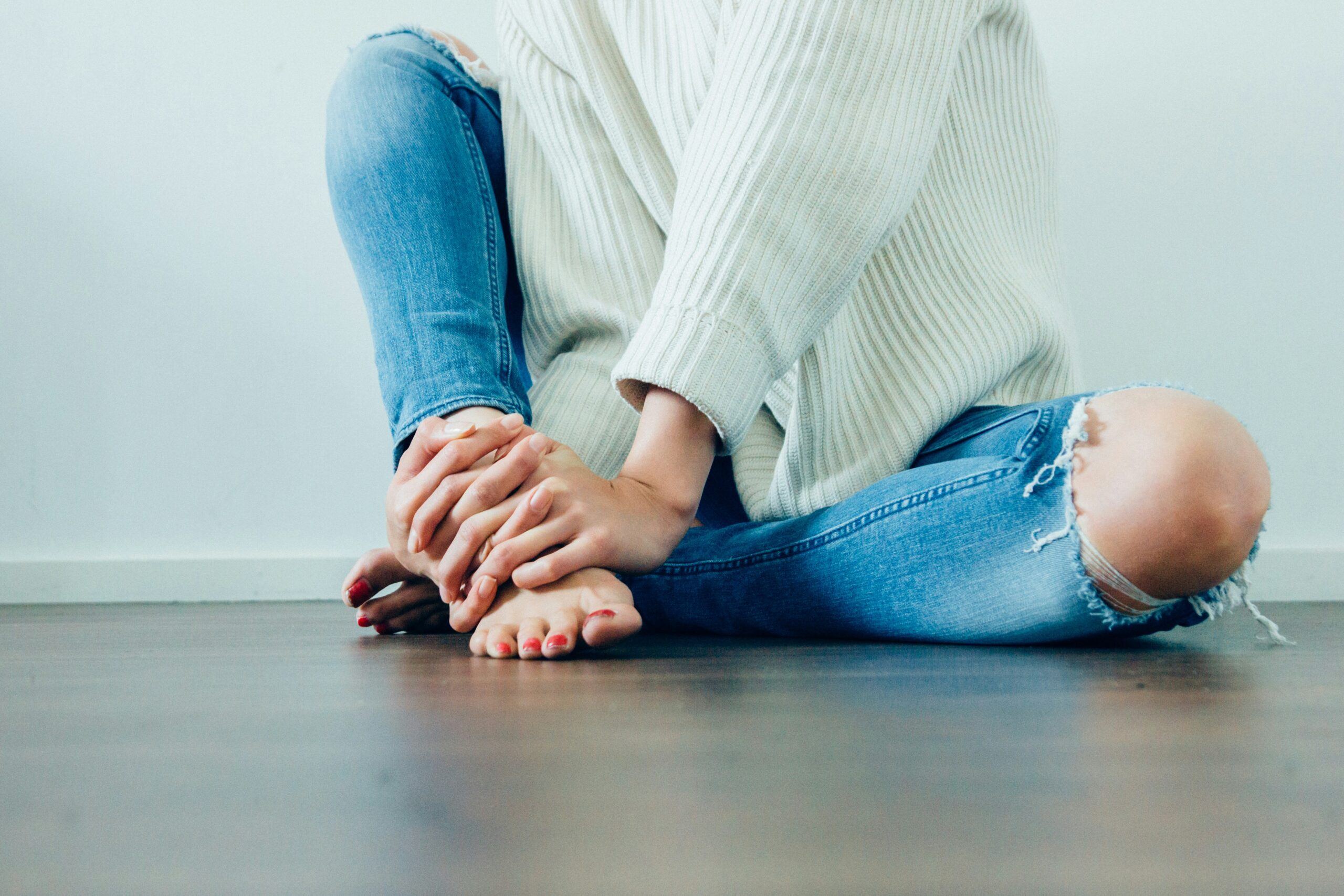
Doctors frequently examine the area with problems and take pictures inside the body to check for varicose veins.
When they do a physical exam, medical workers carefully observe where it happens, often on the legs. They might also question you about things like hurt, getting bigger, or itching feelings, and ask about your family's health background and any elements that could increase the chance of getting varicose veins.
Besides checking the body, doctors may use scans to see if varicose veins are there and how serious they are. They often uses ultrasound tests to find this out. Ultrasound uses sound waves that bounce back to take pictures of your blood vessels, showing problems like blockages or valves not working correctly. This method helps doctors determine how profound varicose veins are and plan the proper treatment.
Doctors can suggest more tests like venography or duplex ultrasound to get better details on veins' shape and how they work. In venography, they put a special dye into the veins and then take X-ray pictures to see the blood movement inside them and check for blockages. Duplex ultrasound![]() merges the usual ultrasound and Doppler to check on blood movement and vein shape, giving a complete look at the state of veins.
merges the usual ultrasound and Doppler to check on blood movement and vein shape, giving a complete look at the state of veins.
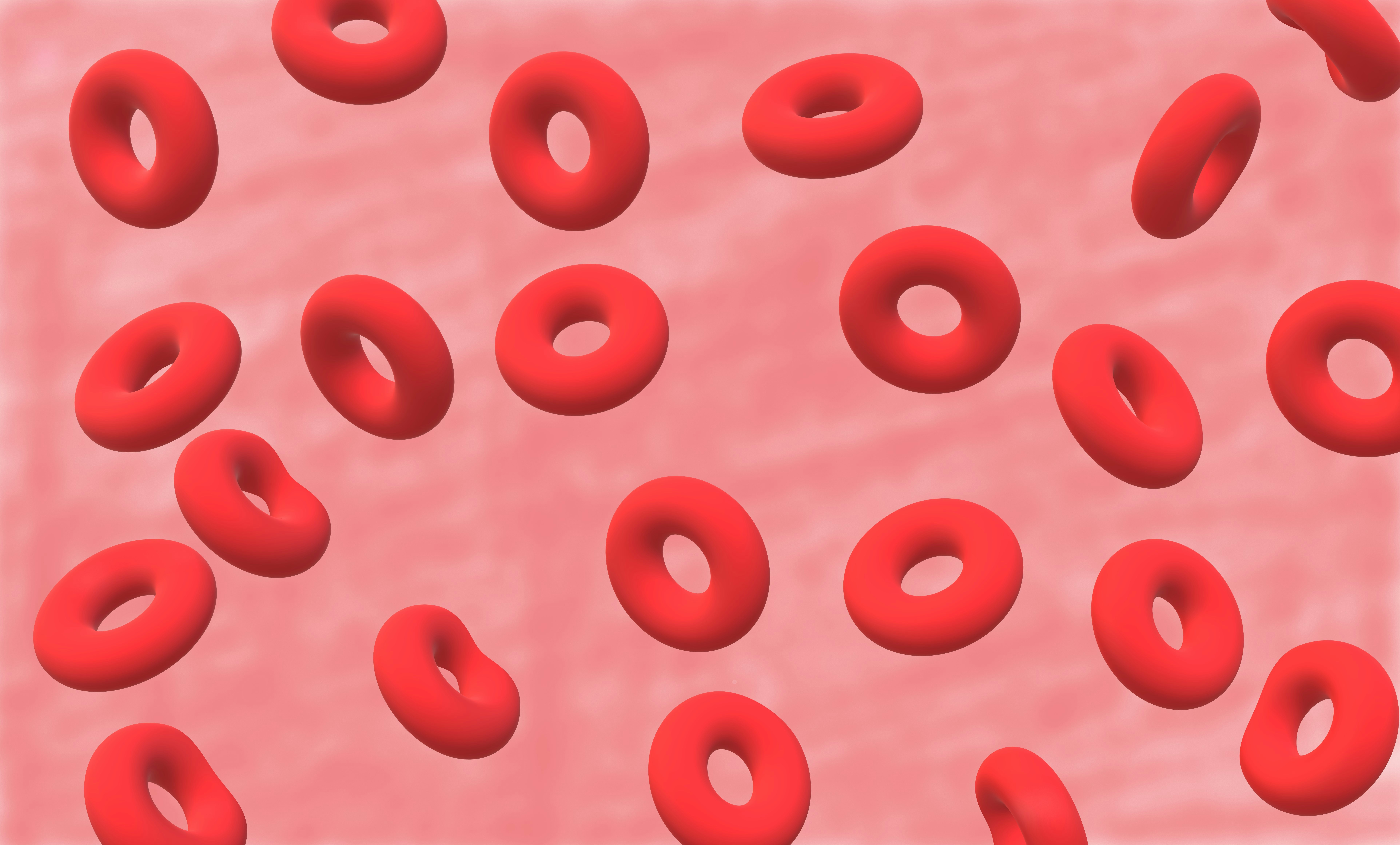
The approach to managing varicose veins usually depends on the severity of the symptoms and the extent of the situation.
Medical professionals often suggest starting with changes to everyday habits and applying simple treatments first. Exercise is usually good for improving blood flow. If you want less swelling, keep your legs lifted. Also, wearing tight socks that press a little will help the veins and decrease soreness.
People who have terrible symptoms or problems might need doctors to do things to fix their varicose veins. One usual method is sclerotherapy![]() , where doctors put a special liquid into the sick veins, which makes them shut, and then blood goes through better veins instead. An alternative could be employing laser therapy within the blood vessels, which involves utilizing the heat from a laser beam to close up the problematic veins.
, where doctors put a special liquid into the sick veins, which makes them shut, and then blood goes through better veins instead. An alternative could be employing laser therapy within the blood vessels, which involves utilizing the heat from a laser beam to close up the problematic veins.
Doctors usually suggest operations like taking out or tying veins when other treatments do not work well or there is a chance of severe problems like wounds on the skin or blockages in the blood.
Besides medical therapies, changing daily habits like maintaining proper body weight, not standing or sitting for too long, and choosing suitable footwear can help prevent varicose veins from worsening and lower the chance of further issues. It's essential to see your doctor often so they can check on how you're doing and change the treatment when needed.

Mostly individuals hope for a positive result with varicose veins because they typically do not present a severe health issue. Those suffering from varicose veins often manage their symptoms effectively through lifestyle adjustments and straightforward treatments. The future perspective could vary depending on the severity of the sickness and whether there are other complications.
Individuals with minor varicose veins and few complications could discover that altering their everyday routines, such as engaging in regular exercise, occasionally elevating their legs, and wearing compression stockings, may help reduce discomfort and prevent the veins from deteriorating further. This might lead to a prolonged period of feeling well and greater enjoyment of life.
If varicose veins cause severe symptoms or complications such as ulcers or blood clots, doctors may need to treat them. Techniques like injecting a substance into the veins, called sclerotherapy, applying laser therapy inside the vein, or performing surgery could improve symptoms and reduce the risk of additional problems with varicose veins.
When you care for varicose veins properly, most individuals notice their symptoms and vein condition improve. However, monitoring this issue and following your healthcare provider's advice is vital to prevent the situation from returning or deteriorating.
Varicose veins can sometimes cause serious problems that require quick medical help. You should know about these troubles and understand when to seek emergency treatment.
If you feel a harsh and unexpected pain in your leg accompanied by swelling, redness, or heat when touched, it may indicate the presence of an internal blood clot. This condition is known medically as deep vein thrombosis (DVT). Doctors must quickly address DVT to avoid serious problems like pulmonary embolism.
If a cut or sore occurs close to an enlarged vein, it can be painful and lead to infection. Should the injury grow more painful, change to a red color, or start leaking liquid, it's essential to consult with a doctor.

To countermeasure obtaining varicose veins, you must live smart and modify some routines that may cause them. Exercises like walking, swimming, or biking promote blood movement and reinforce your muscles, which is valid for the veins. On top of that, keeping a good weight by eating right and exercising every week lightens the stress on your blood vessels, which plummets the danger of being welcome with such debilitation as varicose veins.
It also helps not to stand or sit too much to dodge getting varicose veins. If your profession makes you stay in one place for many hours, take little off-duty moments to stroll and wake up your leg muscles. When sitting down, it is commendable not to cross your legs because this action can lessen blood flow and elevate pressure inside your veins.
When you rest, it's wise to keep your legs elevated above the level of your heart. It assists in proper blood circulation and decreases puffiness in the legs. Attempt to practice this activity for 15-20 minutes multiple times during your day, particularly after standing or sitting for a long time. Using compression socks helps keep the blood vessels firm and stops the worsening of varicose veins.
Enjoying a healthy daily routine, encompassing stopping smoking and drinking less alcohol, helps keep veins vigorous and plummets the threat of getting varicose veins. Smoking, on the other hand, breaches vein walls and disrupts the flow of blood, while too much alcohol causes blood vessels to get puffy, putting more pressure on the veins.
If varicose veins are a regular occurrence in your family, or if you have other risks like being pregnant or overweight, it's advisable to start fighting them before the battle even begins. Discussing tactics to lower the chances and manage any health problems with your favorite specialist is an excellent way to start.
Table of Contents

Thrombosis occurs when blood clots form inside blood vessels and partially or entirely limit blood flow. What are the symptoms?… read more »
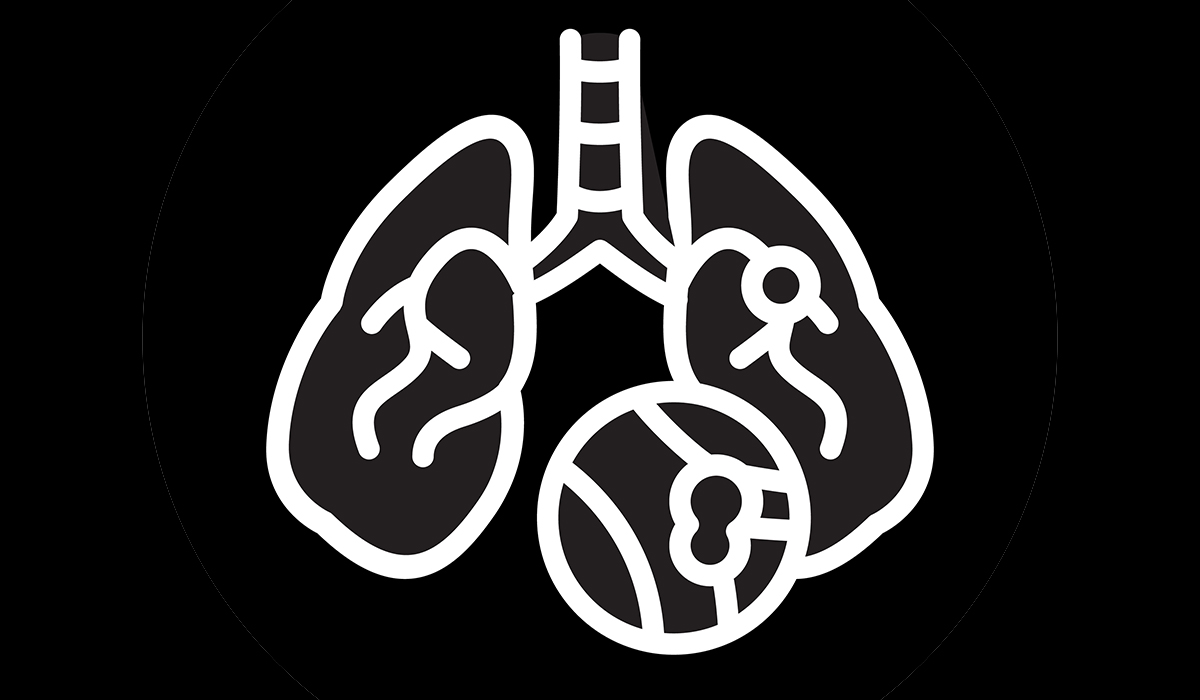
A pulmonary embolism develops when a clump, most often a blood clot, gets stuck inside the lung blood vessel. It… read more »
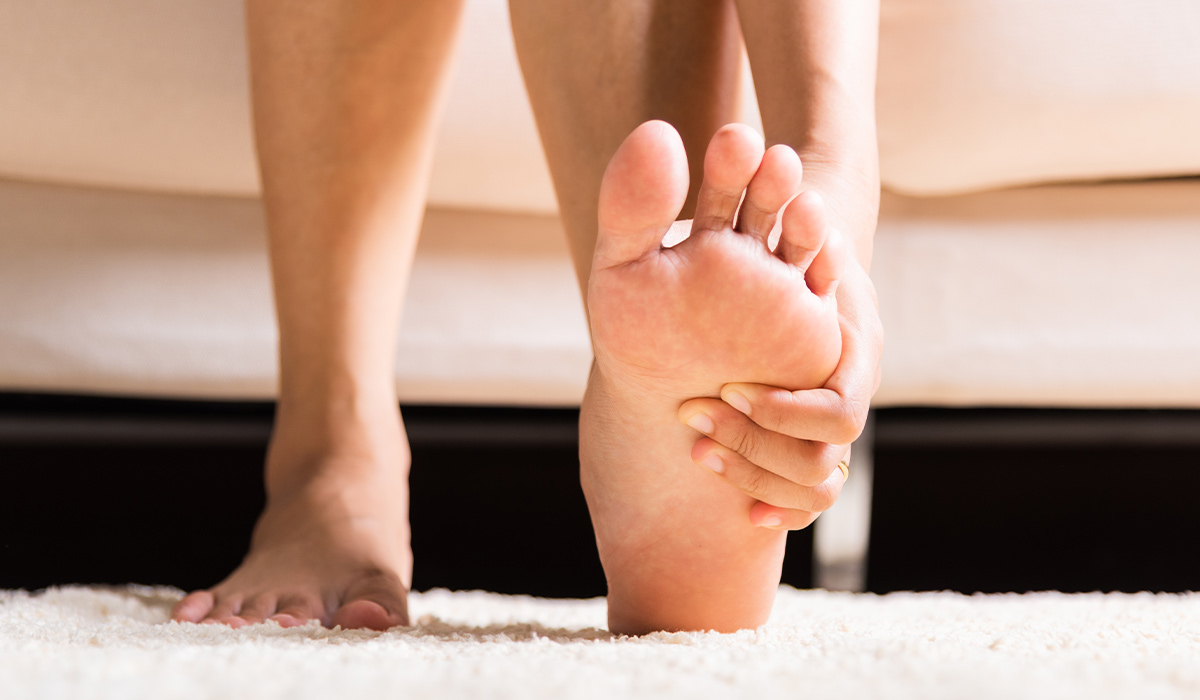
Swollen feet is an outward sign of fluid accumulation in the body. It can be a symptom of serious health… read more »
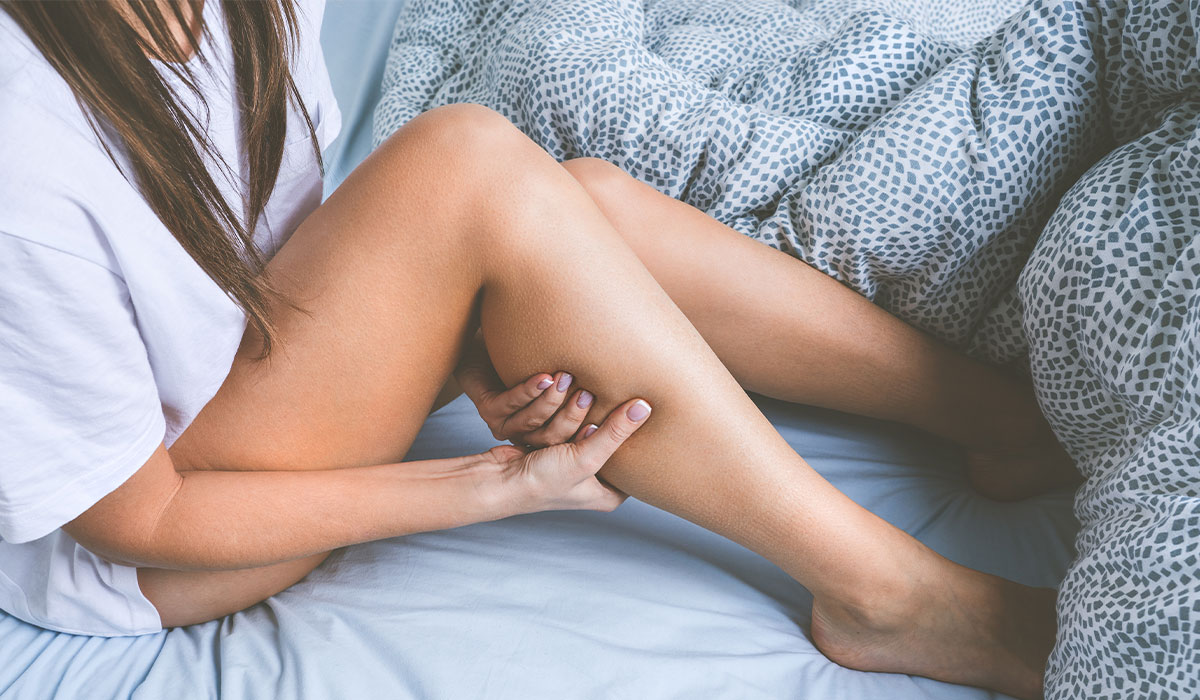
Are you bothered by leg cramps? Find out what causes them. Learn about treatment methods and tips for this condition.… read more »
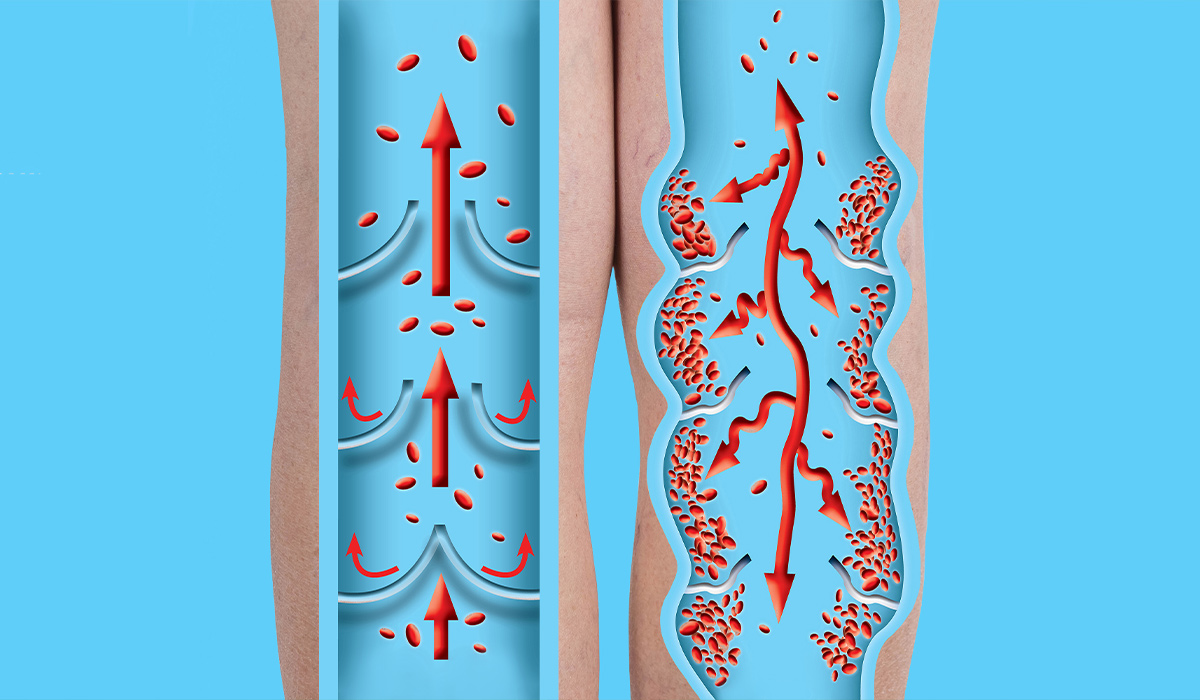
Do you know what are the symptoms of edema? How is it treated? Do you need a special diet if… read more »
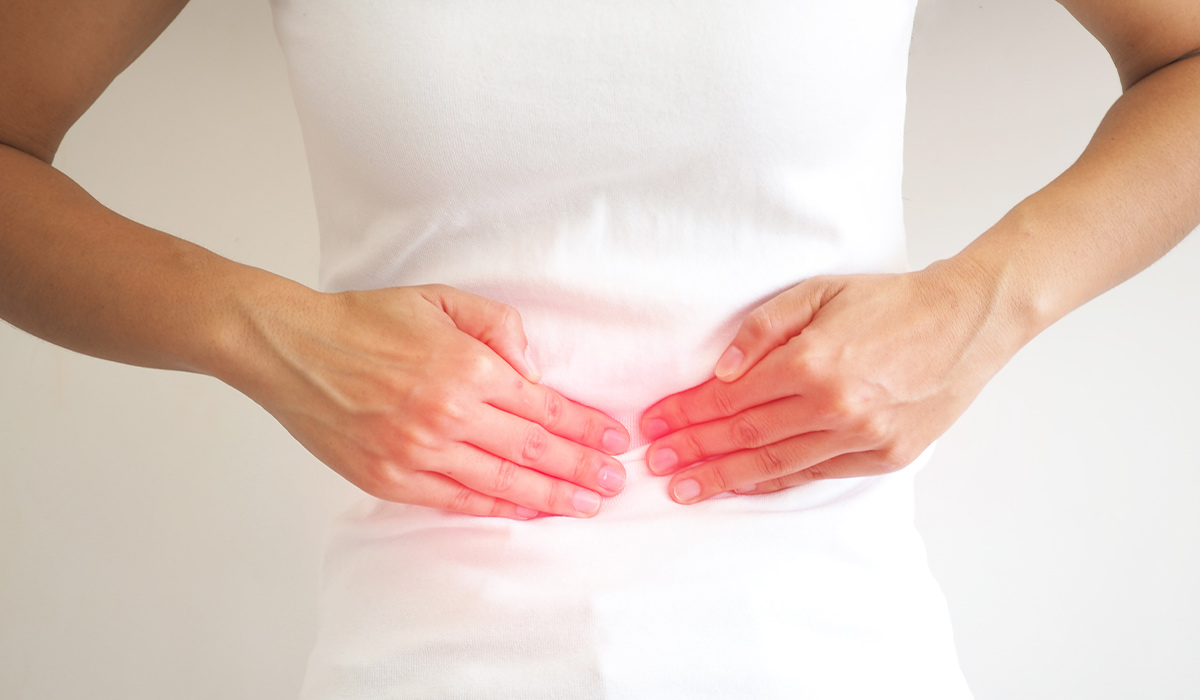
Stomach ulcer symptoms are easily recognizable. However, sometimes the disease is asymptomatic. See how to recognize stomach ulcer disease and… read more »
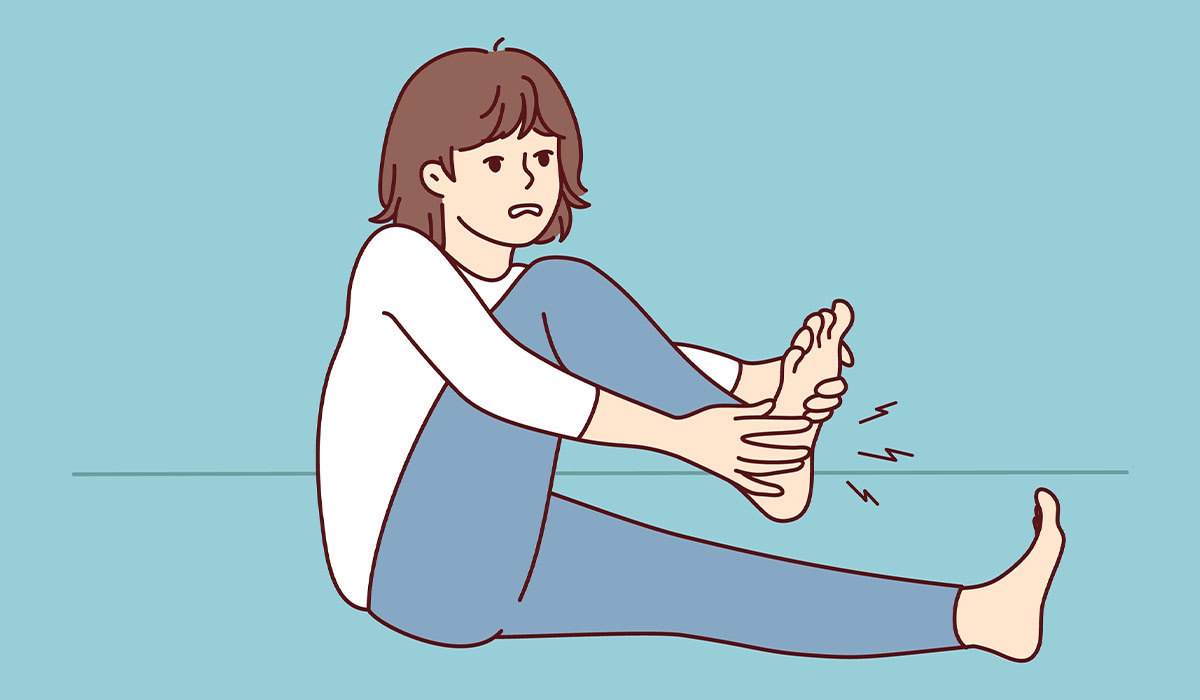
Restless legs syndrome is a disorder that causes unpleasant sensations in the legs and an irresistible urge to move them.… read more »

A clot is a lump of blood clot. This process is the body's natural response to damage to blood vessels… read more »

Cirrhosis of The Liver is a condition where the liver is damaged and liver function is impaired. The most common… read more »